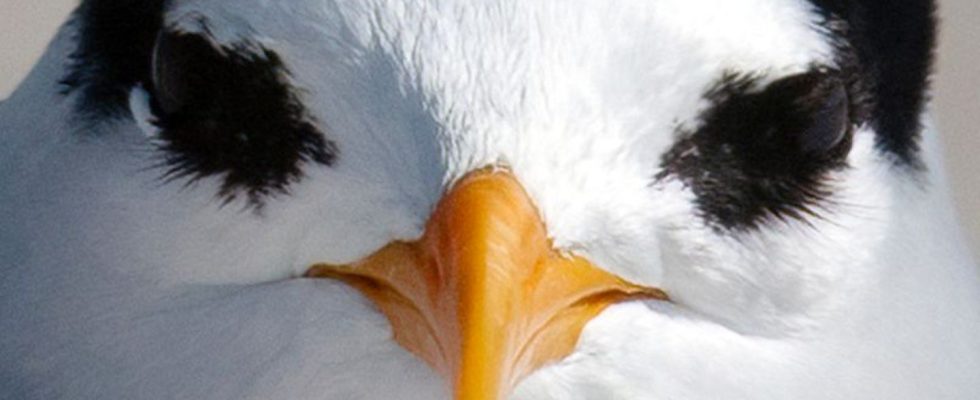Animals
18 chicks: record breeding season for New Zealand’s rarest bird
New Zealand’s most threatened bird: the Australian tern. photo
© Darren Markin/Department of Conservation/dpa
In New Zealand, no bird is more threatened than the Australian tern. There are only a few dozen specimens left – but the current breeding season gives hope.
The Austral Terns (Sterna nereis) can look back on a record-breaking breeding season. A total of 22 eggs were laid, from which 18 healthy chicks hatched, as the Department of Conservation (DOC) announced. These are proud numbers, as there are fewer than 40 specimens of the white-gray birds with their distinctive black top of the head and black-rimmed eyes in the Pacific state today.
The “Fairy terns” or “tara iti”, as they are called in their homeland, now only breed at five nesting sites in the north of the country. “What is special this year is the higher success rate in chick survival, coupled with the lack of adverse weather conditions of previous breeding seasons,” said DOC Ranger Alex Wilson. Last year, Cyclone Gabrielle killed five adults and all but one of the chicks. This year, however, 13 of the young birds have already flown.
The chicks were hand-raised at Auckland Zoo before being moved to a purpose-built aviary in a predator-proof enclosure. “Here, the chicks go through critical developmental stages and hone their flight and foraging skills in a natural environment,” Wilson explained. They should slowly get used to life in freedom.

